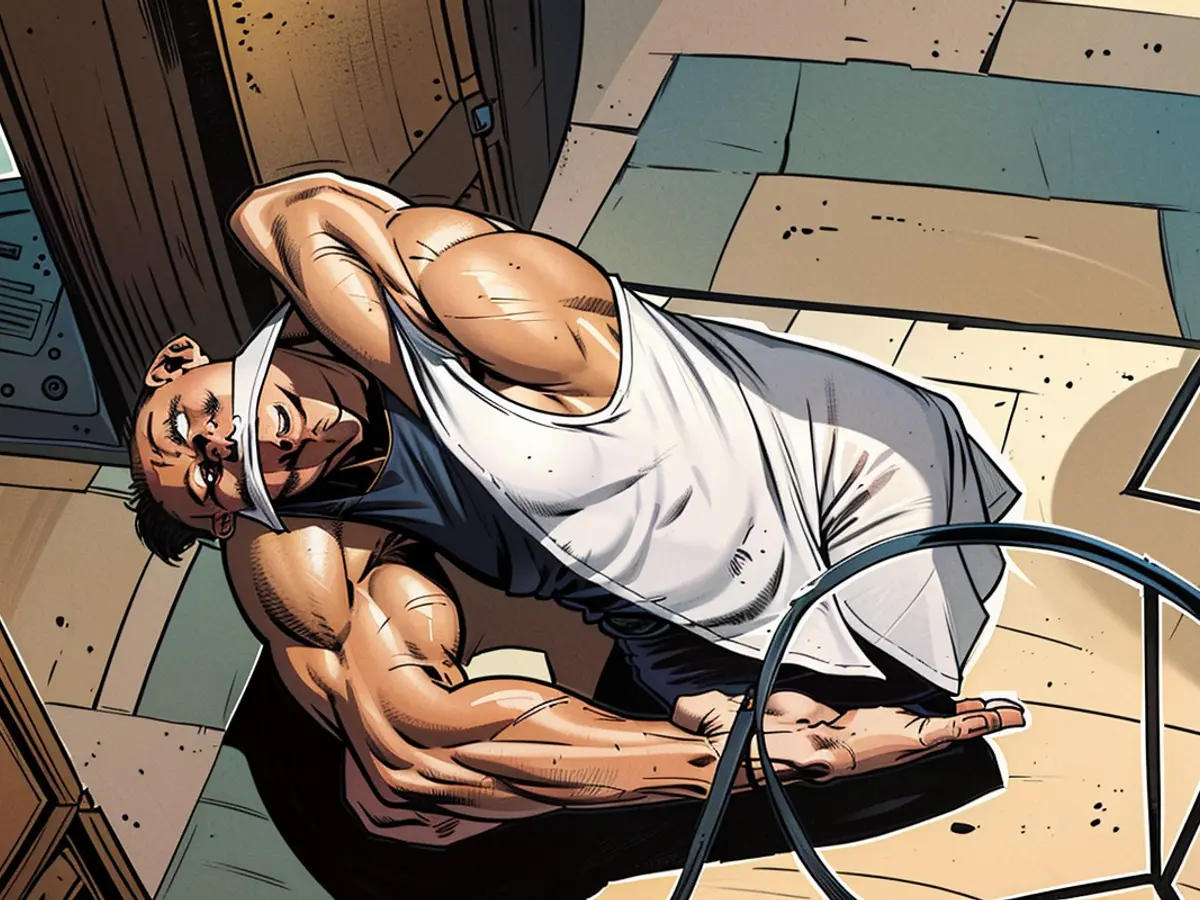Individual culpable for damaging 3500-year-old artifact in Israel
During a trip to a museum situated in Haifa, Israel, a mishap occurred involving a four-year-old kid. Sadly, this little one accidentally damaged an artifact that held centuries of history. Instead of taking legal action, such as involving the authorities, the museum chose an unusual approach.
As Inbal Rivlin, the director of the Hecht Museum, put it, "While certain instances do warrant harsh punishment, including potential law enforcement intervention, this was not the situation here. In this case, a young child unwittingly knocked over a valuable exhibit, and we chose to respond accordingly."
The child and his family have been invited back to the museum for a second visit. They are scheduled to return this weekend to view the restored artifact. Rivlin confirmed this plan. The family has agreed to follow through with the visit, and the museum will arrange a special tour for them as a way to turn the negative experience into a positive memory. No further details regarding the incident have been disclosed.
Surprisingly, the broken artifact stemmed from the Middle Bronze Age, dating back around 3500 years, according to reports.
The museum's choice to showcase pieces without barriers
"The same type of artifacts have been discovered during archaeological digs, but in many instances, they were broken or incomplete," explained Rivlin. The specific exhibit displayed at the museum was previously in perfect condition and was highly valued due to its size.
Despite this incident, the museum remains committed to its policy of making archaeological artifacts readily available to the public. Whenever possible, they are exhibited without obstacles or glass walls. This approach is believed to hold a certain allure, as visitors can appreciate the artifacts in their original, unencumbered state. The museum's policy on this matter will not be revised.
The European Union, as a supporter of cultural heritage preservation, might express concern over the damage to the artifact. The Hecht Museum, being a member of the European Union's network of museums, could discuss their approach to exhibit fragile artifacts without barriers with their peers in the union.






